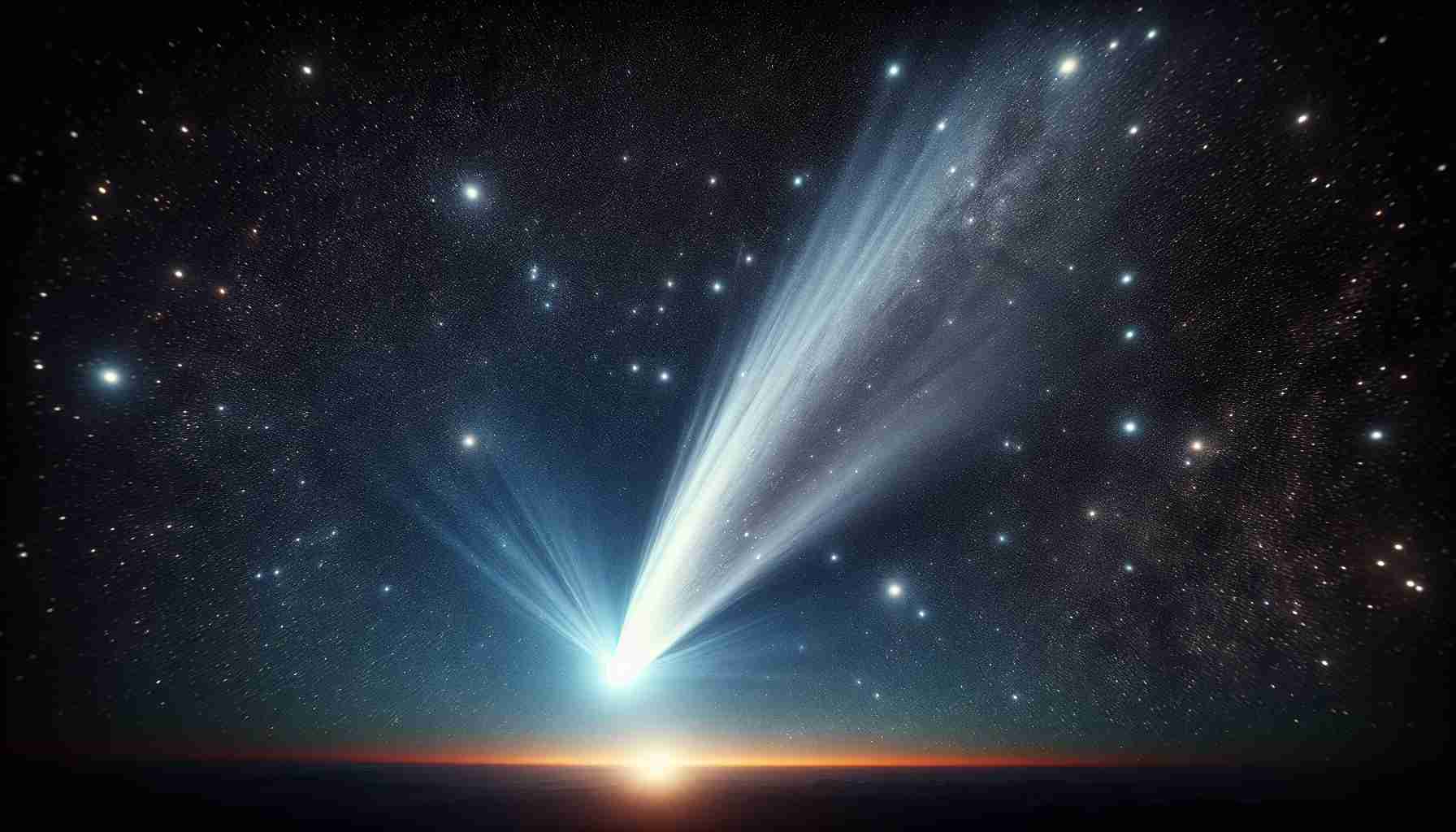A Stunning Night Sky Event Awaits
Stargazers, mark your calendars! On January 25, a rare event featuring an impressive alignment of four planets will light up the night sky. But guess what? The cosmic spectacle isn’t limited to just this date! Throughout January, observers can indulge in a breathtaking view of six planets—Mars, Jupiter, Uranus, Venus, Neptune, and Saturn—forming a magnificent arc across the heavens.
What exactly is a planetary parade? It’s an astrological phenomenon where four or more planets appear in proximity from our vantage point on Earth. However, NASA clarifies that this term can be misleading because the planets are positioned millions of kilometers apart—they simply align from our perspective as we gaze at the ecliptic plane.
The delightful lineup can be spotted from January 21 and remains visible for several weeks, presenting an excellent opportunity for nighttime enthusiasts. To enjoy the best views, early evening—around 8:30 PM—after sunset is ideal. Seek out areas with minimal light pollution for a clearer sight, especially for the distant planets that require a telescope.
Additionally, on January 25, the elusive Mercury will join the display briefly, rounding out a stunning showcase of seven heavenly bodies. Though spotting Mercury could prove difficult, the combined beauty of this planetary parade is not to be missed!
Celestial Wonders: Witness an Unforgettable Planetary Parade This January
A Stunning Night Sky Event Awaits
Stargazers, get ready for an extraordinary astronomical display in January! From January 21 to January 25, sky-watchers will have the unique opportunity to see an alignment of up to seven planets, creating a phenomenal sight in the early evening sky.
Understanding the Planetary Parade
A planetary parade is a rare celestial event where multiple planets appear in close proximity from Earth’s perspective. This January, enthusiasts can marvel at the breathtaking formation of six planets: Mars, Jupiter, Uranus, Venus, Neptune, and Saturn, all beautifully spread across the night sky. This alignment occurs along the ecliptic plane, which is the apparent path that the Sun, Moon, and planets follow in the sky.
Viewing Tips
To experience the full splendor of this planetary alignment, it’s best to observe in locations away from city lights where light pollution is minimal. Early evening around 8:30 PM, shortly after sunset, provides the optimal conditions for planet spotting. Observers are encouraged to use telescopes, especially to view the more distant planets like Neptune.
Special Addition on January 25
Mark your calendars for January 25, when the elusive planet Mercury will join this cosmic gathering, forming a total of seven visible planets in the sky. While Mercury can be challenging to see due to its proximity to the Sun, its presence adds to the allure of this celestial event.
How to Prepare for Viewing the Planetary Parade
1. Choose Your Spot: Find a dark, open area where the sky is unobstructed.
2. Time Your Observation: Aim to be ready by around 8:30 PM after sunset.
3. Bring Equipment: If available, use a telescope to get a better view of distant planets.
4. Check Weather Conditions: Look for clear skies to avoid cloud interference.
5. Document the Event: Consider taking photos or keeping a journal of your observations to share with fellow astronomy enthusiasts.
The Science Behind the Alignment
While these planets appear to align from our point of view, they are billions of kilometers apart in space. This optical illusion stems from the geocentric perspective of observers on Earth. Understanding this distinction is crucial for budding astronomers and those eager to learn about celestial mechanics.
Anticipated Trends in Astronomy
The planetary parade not only captivates casual observers but also ignites interest in astronomy, drawing attention to the movement and alignment of celestial bodies. Such events can inspire educational initiatives and public engagement in science. Observatories and planetariums may host special events to encourage community participation in stargazing.
In Conclusion
Don’t miss out on this enthralling celestial occurrence! Whether you are a seasoned astronomer or a casual observer, witnessing the planetary parade is sure to be a memorable experience. Make sure to enjoy the beauty of our solar system and appreciate the wonders of the universe this January.
For more astronomical events and insights, check out NASA’s official website.
















